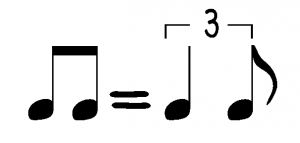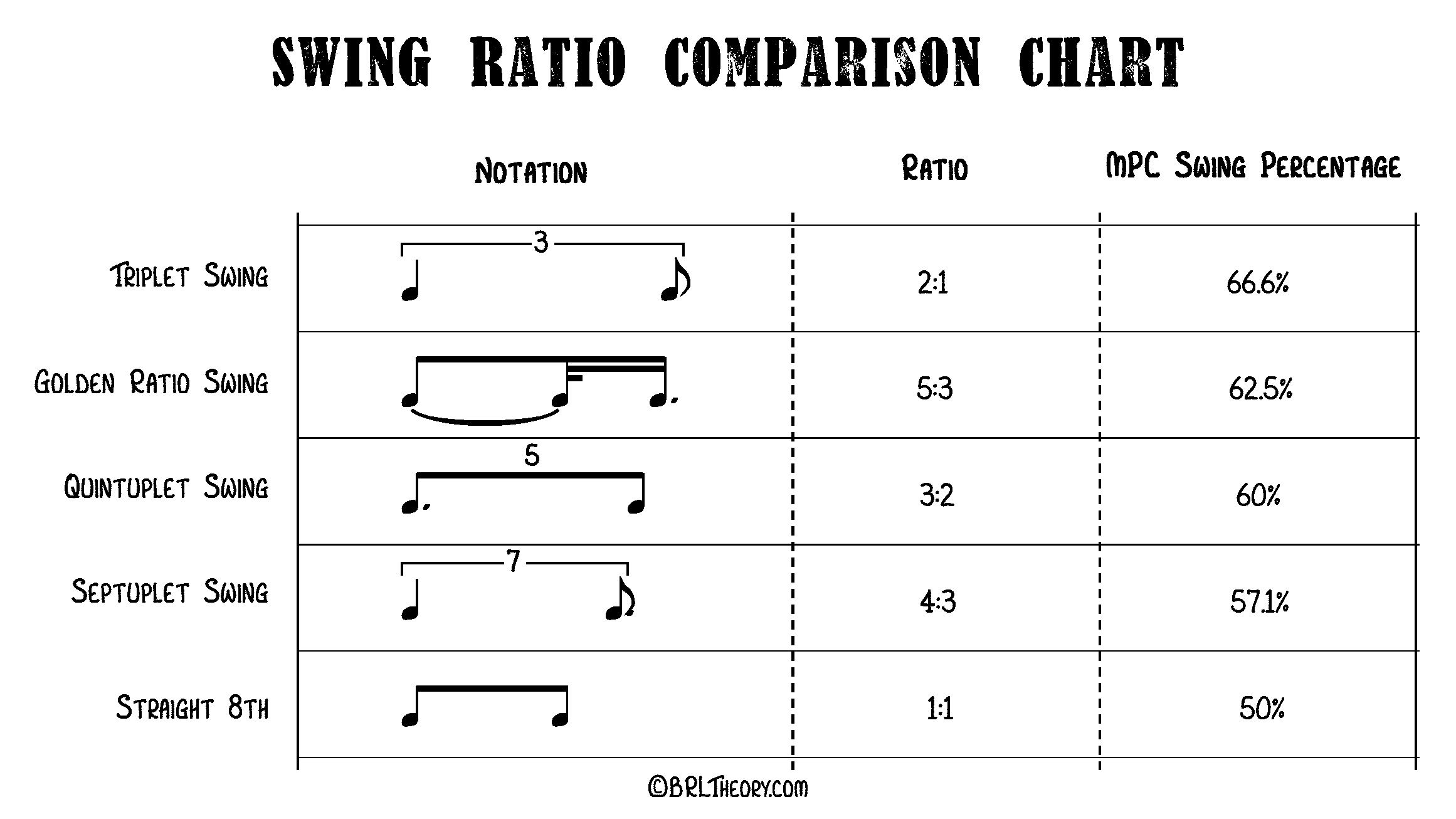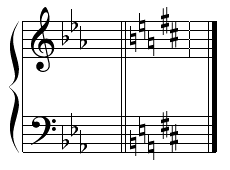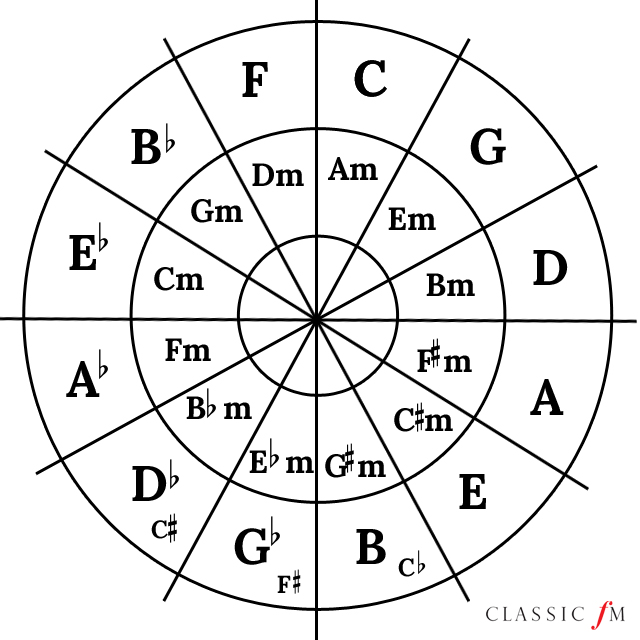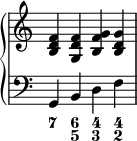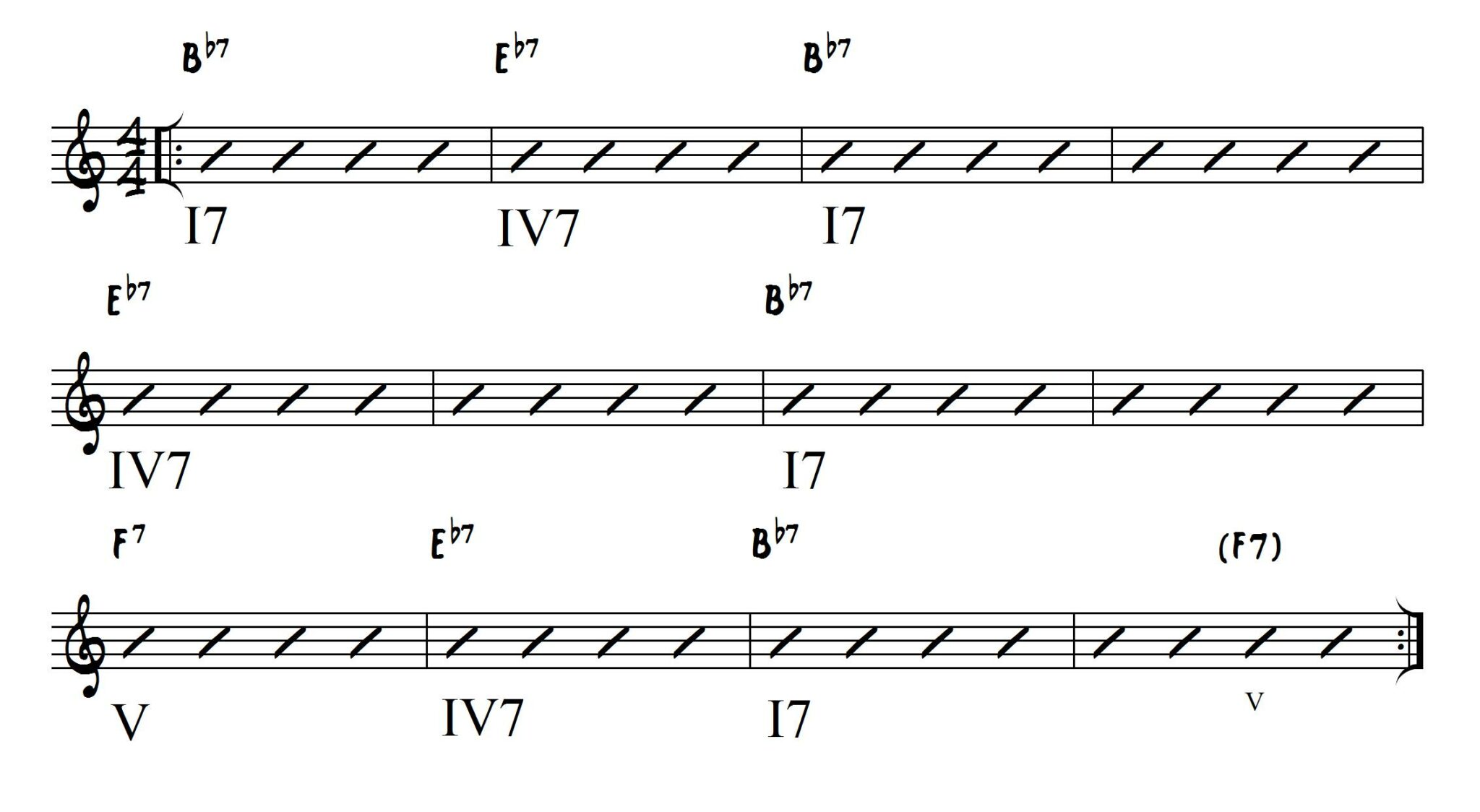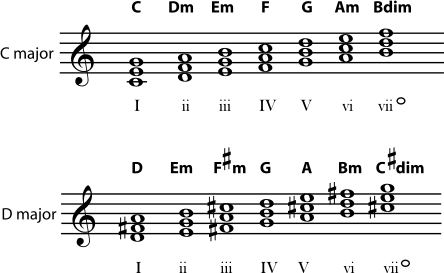Melody. It is the main musical line that we hear and hum. It is the essential ingredient of melodic music. (Groove is the essential ingredient of rap.)
There are a few different approaches to making melody.
We’ve discussed a lot about chords in this blog. A melody can follow chords. Once you’ve created a sequence of chord changes, you can place a melody on top which consists of notes found in those chords.

We’ve also discussed scales. Another approach to melody is building it from notes within a particular scale. This is commonly done with major and minor scales, but modal scales and altered scales are also fair game.
Melodies don’t even have to change note; they can be rhythmic patterns of a single note or a small collection of notes. This is found is some hip-hop vocal melodies.
Something important to note about melody is that notes of higher frequency tend to ring out more; our attention is drawn to them. Try to use these climatic highs at a focal point in the piece of music.
A melody must have a balance between conjunct movement and adjunct movement. Conjunct movement is when the notes of a melody do not leap farther than a whole or half step apart. Adjunct movement is when the notes of a melody leap farther than a whole step apart. Effective, memorable melodies often employ large adjunct movement, sometime leaping an octave or farther.
Melodies are often repetitive, but change slightly each time the repeated line is heard. Once you’ve created a small musical phrase, you can repeat it, but alter the notes or rhythm slightly. This makes the melody “inevitable yet surprising”, a phrase used by the great Leonard Bernstein.
Some melodies employ a technique called counterpoint. Instead of writing one single melodic line, write two melodies and interweave them. This was a musical form of which Bach is considered the master.

These are varying methods for going about melody. There are so many components that make up a song — harmony, rhythm, timbre, texture — but if you don’t have the melody, you don’t have a song…at least not one that listeners will remember.
All of the other components are a contextualization for the melody. A melody can convey a very different feeling depending on the context that surrounds it. As someone who aspires to write his own music, mastering melody is a large priority, and it’s something that all aspiring musicians should understand.




